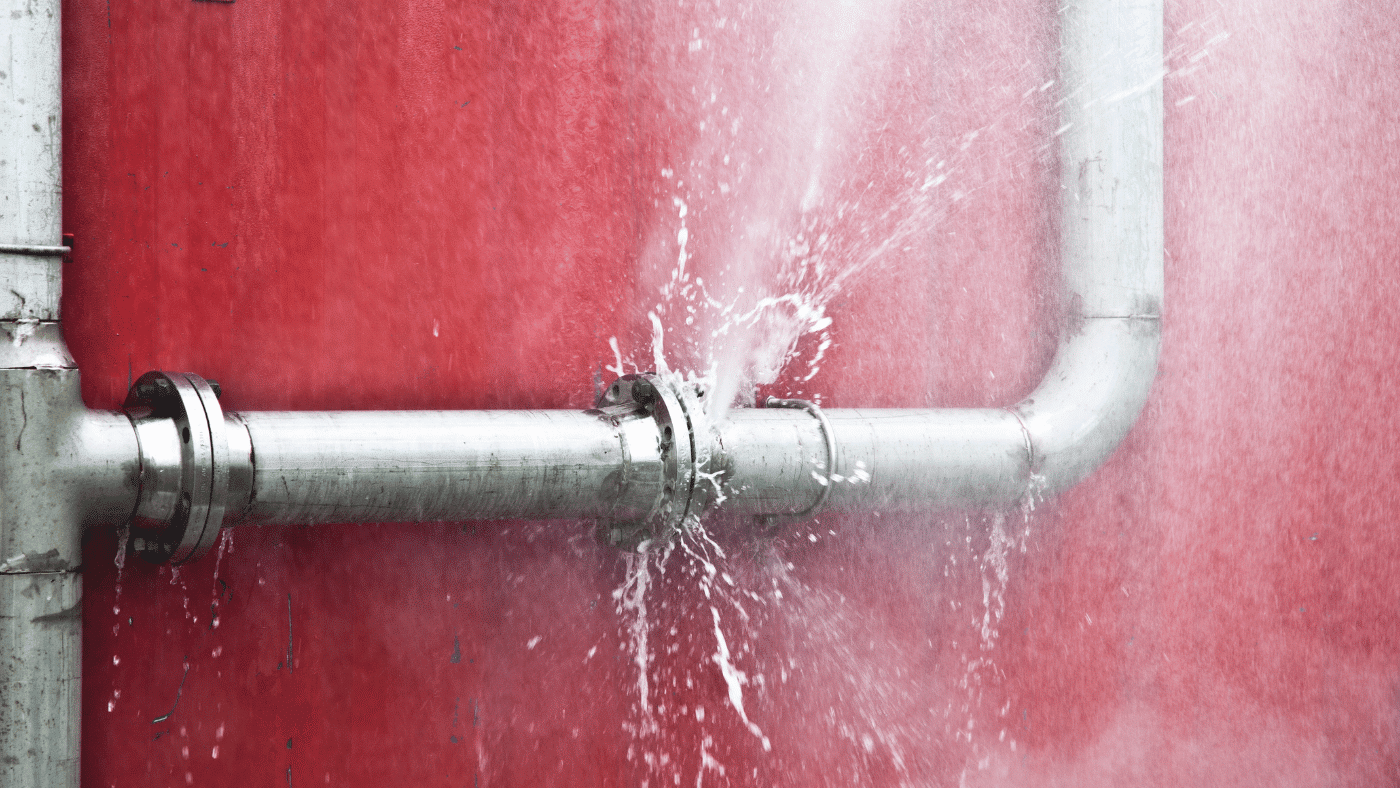Creating a Water Source From Air

For those looking to take their water source off-grid, one option is to create water from the air. This may sound like something out of a science fiction movie, but it is actually possible to do with the right technology.
One way to create water from the air is through a process called atmospheric water generation (AWG). This process essentially takes the humidity in the air and condenses it into water. There are a few different methods of atmospheric water generator, but the most common one is using a condensing coil.
How Does a Condensing Coil Remove Water From the Air?
The way it works is that air is passed over a cold condensing coil. As the air hits the coil, the water in the air starts to condense and collect on the coil. The collected water then drips down into a catchment basin where it can be used.
You can think of this process as similar to how a dehumidifier works. A dehumidifier also pulls moisture out of the air and collects it in a basin. The big difference is that with AWG, the collected water is potable (safe to drink).
While the technology to create water from the air has been around for a while, it was mostly used in large industrial settings. However, recent advances have made it possible to create small, portable units that can be used to supplement the water needs of an average US home.
How Much Water is in the Air?
According to the USGS, some estimates of the volume of water in the atmosphere at any given time is about 3,100 cubic miles or 12,900 cubic kilometers. While this might sound like a lot, it is only about 0.001 percent of the total Earth’s water volume of about 332,500,000 cubic miles. To put it another way, if all of the water in the atmosphere were to rain down onto the surface, it would cover the Earth about one-inch deep.
However, even though the amount of water in the air is small, it is still a renewable resource that can be used to supplement your water needs. And, with the right technology, that water can be collected and used for drinking, cooking, and bathing.
Can You Feel Water in the Air?
For anyone who’s ever been outside on a humid day, you know that water is in the air. And, while you can’t see it, you can certainly feel it. When the air is saturated with water vapor, it is said to have a relative humidity (RH) of 100 percent.
At this point, the air can no longer hold any more water vapor and the water condenses out of the air. This is what happens when you see water droplets on the outside of a glass of cold water on a hot, humid day.
The amount of water vapor that air can hold depends on the temperature of the air. Warm air can hold more water vapor than cold air. As the temperature of the air decreases, the RH increases. And, when the RH reaches 100 percent, the water vapor in the air condenses into liquid water.
How to Collect Humidity From the Air
Now that we know how much water is in the air, let’s take a look at how to collect it. There are a few different ways to do this, but the most common method is using a condensing coil.
As we mentioned before, a condensing coil is a coil of metal that is used to cool the air and remove the water vapor from it. The way it works is that air is passed over the cold coil and the water in the air condenses on the coil. The collected water then drips down into a catchment basin where it can be used.
If you want to secure an off-grid water source, using an AWG unit is a great option. Not only will you be able to supplement your water needs, but you’ll also be doing your part to reduce your reliance on the municipal water supply.
How Aquaria AWGs Can Help
Aquaria is a leading manufacturer of water from air generators. Our units are easy to use and perfect for a modern home.
Aquaria units use a three-stage filtration system to ensure that the water produced is clean and safe to drink. The first stage of the filtration system removes large particles from the air, such as dust and pollen. The second stage filters out smaller particles, such as bacteria and viruses. The third stage is a carbon filter that removes any remaining impurities, such as chemicals and odors.
Aquaria units are also equipped with a self-sterilizing feature that prevents the growth of bacteria and mold in the unit. This feature is important because it ensures that the water produced by the unit is always safe to drink.
Interested in learning more? Contact us for a quote today!


